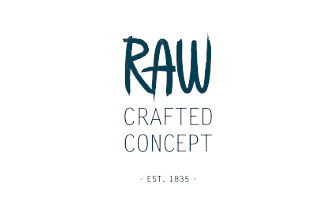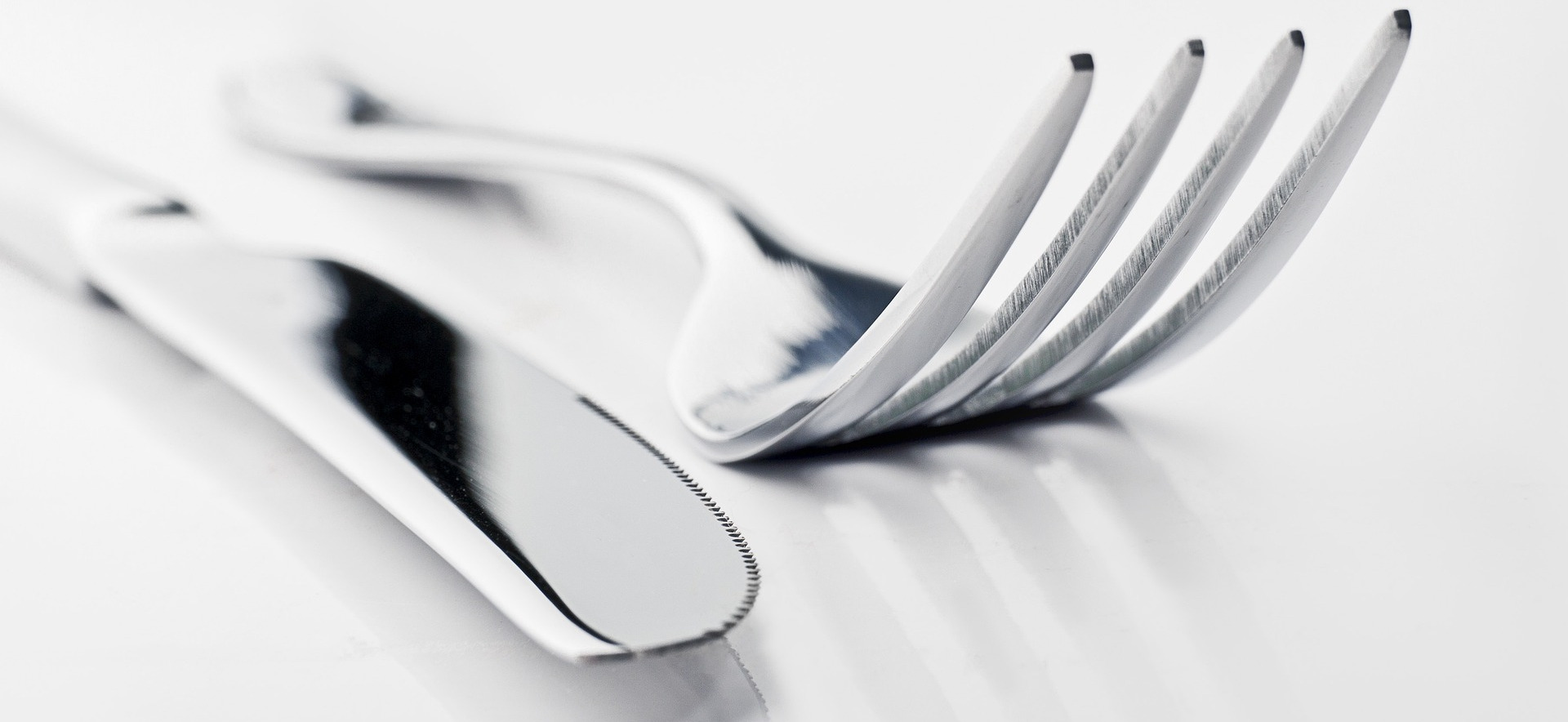Restaurant Cutlery.
Brands










Series

Material guide Cutlery
Stainless Steel
Stainless steel is the most common material for cutlery. It is strong, durable, and resistant to stains and corrosion. Stainless steel is also easy to maintain and clean.
There are different types of stainless steel for cutlery: 18/10 chrome-nickel steel, 18/0 chrome steel, and 13/0 chrome steel.
18/10 Chrome-Nickel Steel
18/10 chrome-nickel steel is the highest quality of stainless steel for cutlery and usually the most expensive option. It consists of 18% chrome and 10% nickel, which gives the cutlery a high-gloss finish and high resistance to stains, corrosion, and rust. Therefore, it is suitable for both everyday use and special occasions.
18/0 Chrome Steel
18/0 chrome steel consists of 18% chrome and no nickel, which gives the cutlery a slightly matte finish compared to 18/10 chrome-nickel steel. It is a cheaper option than 18/10 chrome-nickel steel, but is still stainless and resistant to stains and corrosion. It is usually a suitable choice for everyday use.
13/0 Chrome Steel
13/0 chrome steel consists of 13% chrome and no nickel. This gives the cutlery a very matte finish and is the cheapest option among the stainless steels. However, it is also less resistant to stains and corrosion than both 18/10 chrome-nickel steel and 18/0 chrome steel. This makes 13/0 chrome steel usually suitable for simpler use and restaurant or institutional use.
Cromargan
Cromargan is a trademark for a type of stainless steel made by the German company WMF. It is a material consisting of high-quality chrome steel and is known for its durability, resistance to corrosion, and high gloss. Cromargan is an alloyed steel that usually consists of chrome, nickel, and molybdenum, which gives it extra resistance to rust and corrosion.
Brass
Brass is a metal alloy sometimes used to make cutlery. It usually consists of a mixture of copper and zinc. Brass gives a warm and soft appearance and is used for design-sophisticated cutlery. However, brass can oxidize over time, causing discoloration and requiring regular polishing to keep them shiny. In addition, brass can be sensitive to acids and is not as durable as stainless steel.
Care instructions for cutlery
To keep your cutlery clean and fresh for many years to come, they need to be taken care of properly. Below, we will give you some practical tips on how to extend the lifespan of your cutlery:
- Wash the cutlery immediately after use or at least rinse them to reduce the risk of stains.
- Place the knives separately from the spoons and forks in the dishwasher to prevent rust formation on chrome steel.
- Avoid soaking the cutlery or placing them in direct contact with each other to avoid galvanism and stains on the cutlery. Dry the cutlery as soon as possible after washing.
- Wash cutlery with wooden handles or gold details by hand to avoid damage to the surface.
- Use gentle polishing agents to remove stains from the cutlery, avoid products with abrasives or steel wool as they can scratch the surface.
- Boil away stubborn dirt by boiling the cutlery for a few minutes in a stainless steel pot with machine dishwashing detergent or white laundry detergent. Wash and dry the cutlery as usual after boiling.
By following these simple tips, your cutlery will look new for many years to come.

SERVICE & PRODUCTS

























.jpg)







































